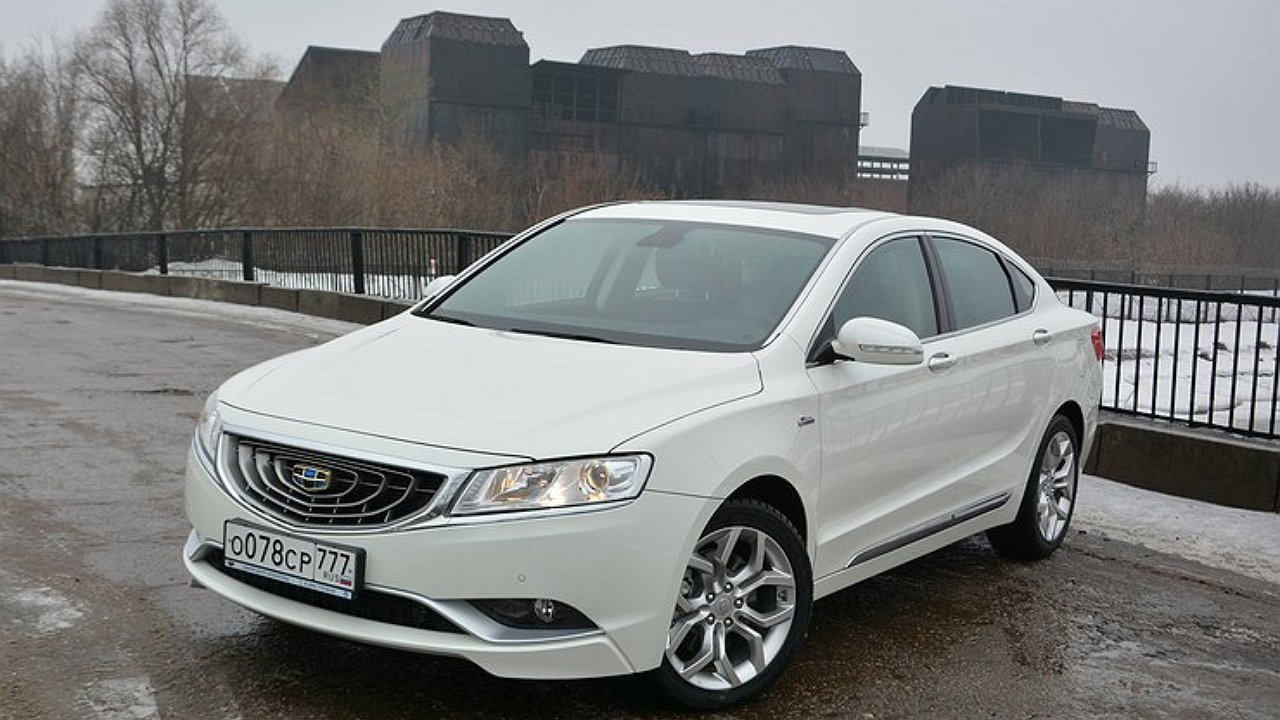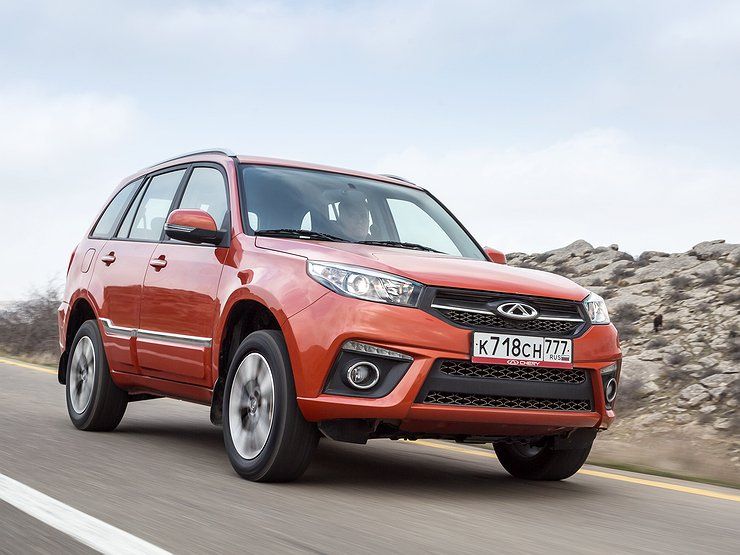The second important point is the fact that the “heavenly” brands have learned the tricks of business typical for our country. Yes, import duties, excise duties, recycling charges and VAT have increased, which is why you wonder why tow cheap cars to Russia, working, if not at a loss, as the same Koreans have been doing for many years, then at least with a minimal margin? On top of that come the increased logistics costs, not to mention the dealer margin of 10-20%.
Therefore, it is much easier for the Chinese to compete in much more profitable segments, for example SUVs, where even the once affordable models have soared in value. And not only because of the above factors, but also because of the shortage of cars, as well as the banal greed of sellers. We remember that the activities of the latter are still not regulated by anyone in our country. Importers and dealers put prices on their products according to the method “I want as much, the rest is on the drum”.
It is likely that local production launched in Russia can partially mitigate the situation, but one should not hope for a sharp reduction in the cost of cars produced by local factories. Localization makes it possible for “foreign” car manufacturers to receive additional subsidies for the supply of parts, but as practice shows, this is not hot or cold for the end consumer.














